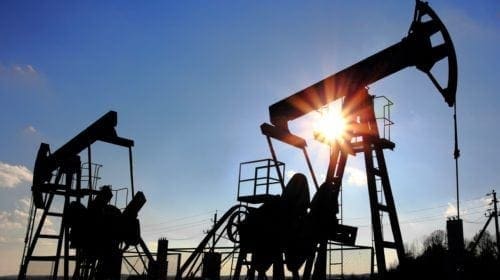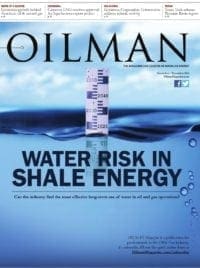As the oil and gas industry touches nearly every corner of the U.S., a few key components will keep it strong for the future. Expanding our technology base is crucial to developing these deep, highly pressurized plays. Keeping a close tab on regulations will continue to be important so that future economic development is not squashed due to unnecessary laws on the books. However, the industry recognizes the education of our future workforce as the lead contributor to ensuring a robust oil and gas industry.
Historically speaking, Louisiana has not had the best track record in the education department. The state typically ranks in the bottom two or three in the country each year. However, over the last decade, community colleges and technical colleges, along with four-year degree universities in the state have stepped up their requirements as well as their offerings for those students who desire a career in the oil and gas industry.
Specifically, a few good examples are the energy programs offered at Bossier Parish Community College (BPCC), Fletcher Technical Community College (FTCC) and Nicholls State University. The programs at BPCC include oil and gas production technology, instrumentation, and mechatronics. At FTCC, the programs include integrated production technology and a medic first aid certification, which is necessary for onshore and offshore exploration and production. Conveniently, NSU and Louisiana State University offer complete four-year degrees in petroleum engineering and geology studies. Certain programs offered at the community and technical level have agreements with the four-year institutions that allow for the continuation of those specific areas of study.
Why is a quality education so important to the oil and gas industry? For starters, these educational institutions now offer certifications that the oil and gas industry requires for certain job roles. In previous years, the industry would make a hire, then the worker would have to be certified in different areas of the industry. Two negatives to this former process exist:
- The industry has to spend additional dollars before that new employee ever steps foot into the role
- The job goes unfilled until a trained and certified worker becomes available
As mentioned previously, technology is quickly advancing with each passing day. This situation does not necessarily mean that fewer people are required to do the job. In reality, it means that more training is necessary to understand and execute the new technology. A chain reaction occurs: A trained and skilled workforce develops new technologies that allow the oil and gas industry to thrive.
In addition to training and certifying at the collegiate level, Louisiana has created a new K-12 program, called Jump Start. This program allows students to graduate high school with a traditional diploma or with a technical diploma. Students on the technical route arrive at the community or technical college with necessary credits before the first day of college ever begins.
Whether a future worker desires to become an engineer or instrumentation tech, the necessary courses and programs are now available. A trained and skilled workforce is the essential element to an energy secure nation.
Don Briggs is the President of the Louisiana Oil and Gas Association. The Louisiana Oil & Gas Association (known before 2006 as LIOGA) was organized in 1992 to represent the Independent and service sectors of the oil and gas industry in Louisiana; this representation includes exploration, production and oilfield services. Our primary goal is to provide our industry with a working environment that will enhance the industry. LOGA services its membership by creating incentives for Louisiana’s oil & gas industry, warding off tax increases, changing existing burdensome regulations, and educating the public and government of the importance of the oil and gas industry in the state of Louisiana.











